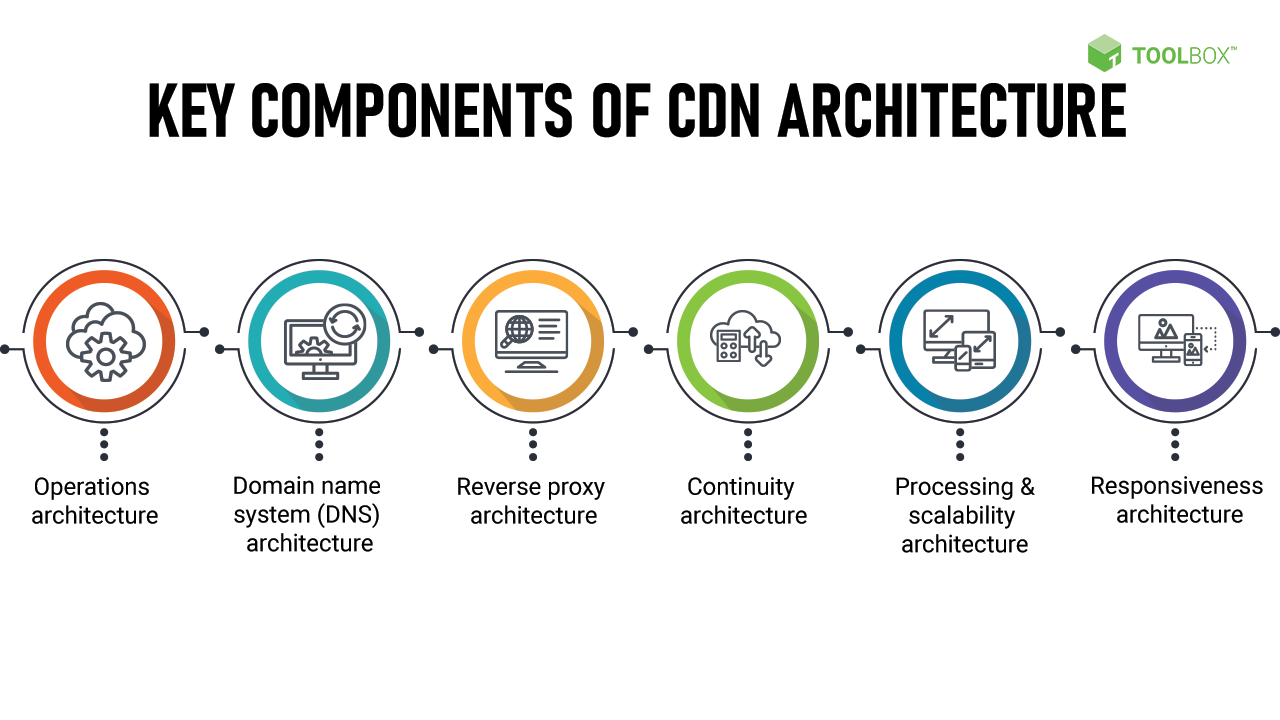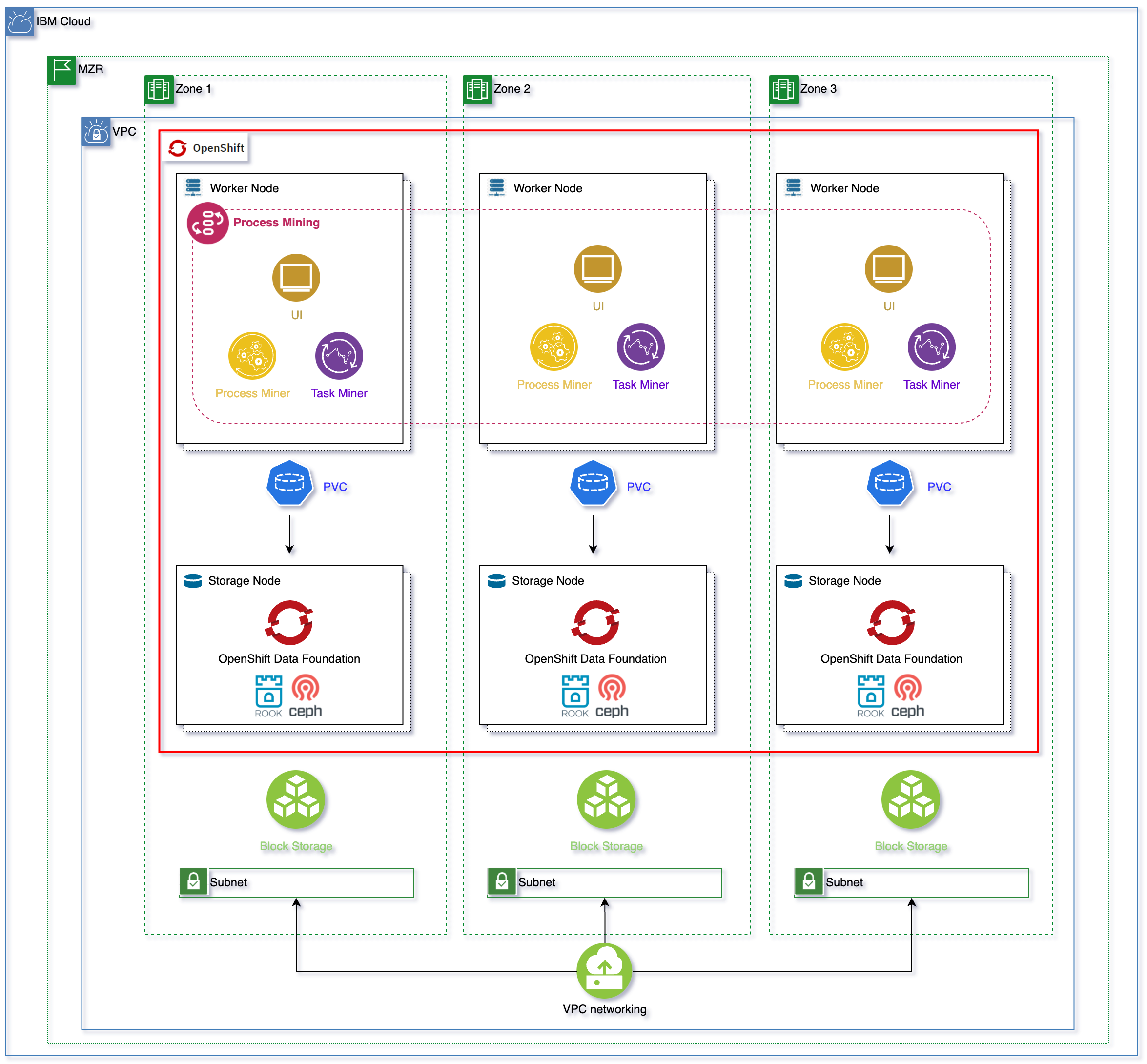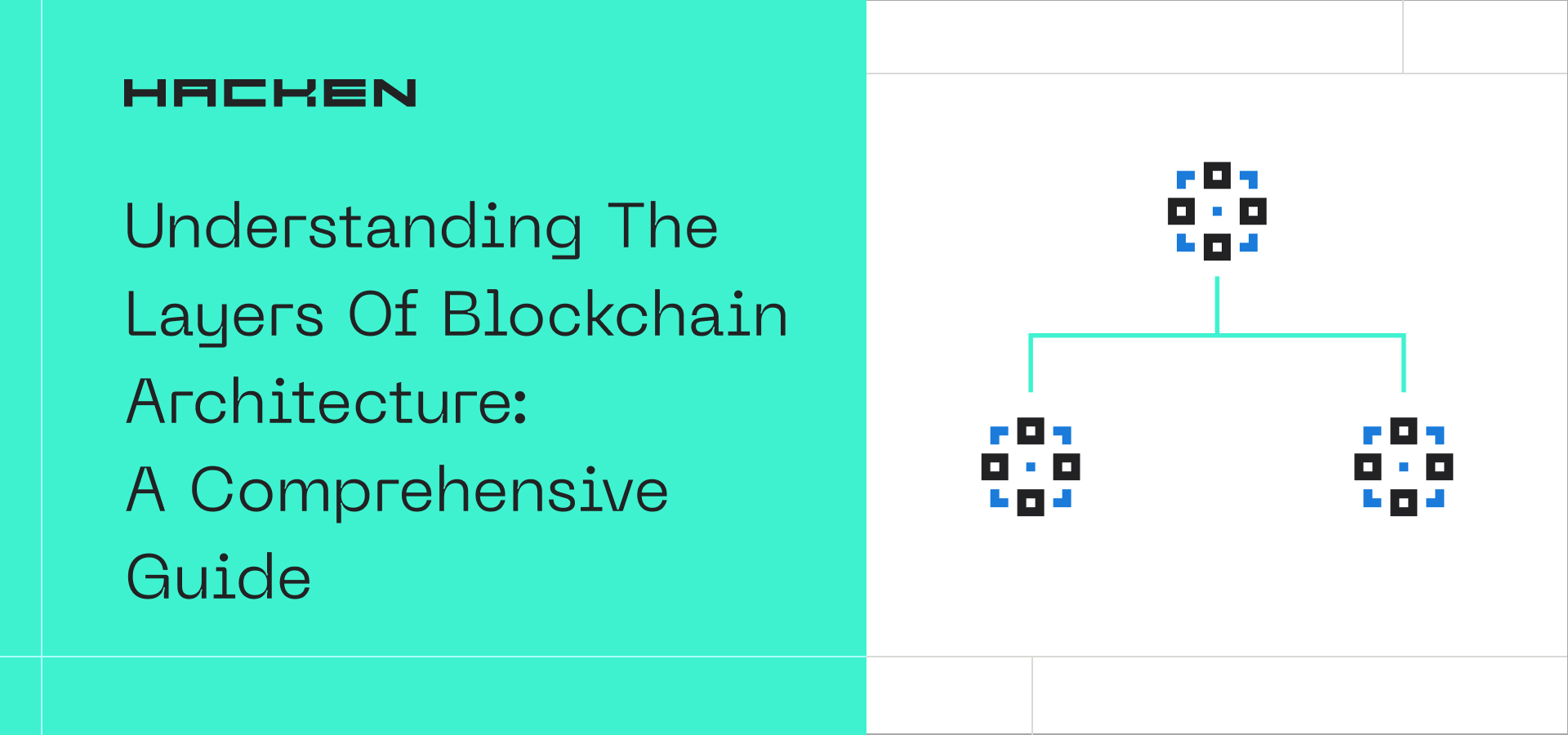Cloud Cost Optimization and Management: Reduce Expenses and Maximize Efficiency
Welcome to our comprehensive guide on cloud cost optimization and management. In today’s digital era, businesses are increasingly relying on cloud services to store and process their data. However, the convenience and scalability of cloud computing come at a cost. Many organizations struggle with managing and optimizing their cloud expenses, often leading to unnecessary expenditures. In this article, we will explore the best practices and strategies to help you reduce cloud costs while maintaining optimal performance.
Understanding Cloud Cost Optimization
In this section, we will provide an overview of cloud cost optimization, explaining the key concepts and benefits. We will delve into the various factors that influence cloud expenses and discuss the importance of proactive cost management.
The Importance of Cloud Cost Optimization
Cloud cost optimization is crucial for businesses of all sizes. By effectively managing and optimizing cloud expenses, organizations can reduce unnecessary costs, allocate resources efficiently, and maximize their return on investment. Proactive cost management ensures that businesses are not overspending on cloud services and allows them to allocate their budget towards other critical areas of their operations.
Factors Affecting Cloud Expenses
Several factors contribute to the overall cost of cloud services. Understanding these factors is essential for effective cost optimization. Some key considerations include:
- Resource utilization: The level of usage and efficiency of your cloud resources directly impacts your expenses. Properly analyzing and optimizing resource utilization can lead to significant cost savings.
- Data storage: The amount of data stored in the cloud and the storage tier chosen can greatly affect costs. Implementing effective data lifecycle management and utilizing tiered storage options can help reduce expenses.
- Instance types: Different instance types have varying costs. Choosing the right instance types based on your workload requirements can help optimize costs.
- Networking and data transfer: Data transfer between cloud services and network egress can contribute to expenses. Understanding and optimizing data transfer patterns can lead to cost savings.
Proactive Cost Management
Proactive cost management involves continuously monitoring and optimizing your cloud expenses. Regularly reviewing your billing statements, analyzing usage patterns, and implementing cost-saving strategies will help you stay ahead of unnecessary costs. By adopting proactive cost management practices, you can ensure that your cloud expenditures align with your business goals and budget.
Analyzing Your Cloud Spending
Before you can optimize your cloud costs, it is crucial to gain insights into your current spending patterns. We will guide you through the process of analyzing your cloud bills, identifying cost drivers, and understanding resource utilization. By understanding these metrics, you can make informed decisions to optimize your expenses.
Understanding Cloud Billing Statements
Cloud service providers provide detailed billing statements that offer valuable insights into your cloud spending. These statements break down costs by service, usage, and other factors. Understanding how to navigate and interpret these billing statements is essential for effective cost analysis and optimization.
Identifying Cost Drivers
Identifying the main drivers of your cloud costs is a crucial step in optimizing expenses. By analyzing your billing statements and usage patterns, you can identify services or resources that contribute significantly to your overall expenses. This insight enables you to prioritize cost optimization efforts and implement targeted strategies to reduce spending.
Resource Utilization Analysis
Understanding resource utilization is key to optimizing cloud costs. By analyzing how your cloud resources are utilized, you can identify areas of inefficiency and take corrective actions. This analysis may involve examining CPU utilization, memory usage, and network traffic patterns. By optimizing resource utilization, you can ensure that you are only paying for what you need.
Cost Allocation and Accountability
Assigning cloud costs to specific departments or projects within your organization is essential for accountability and efficient resource allocation. Implementing a cost allocation model allows you to accurately attribute costs and identify areas where optimization is required. By promoting accountability, you can involve stakeholders in cost-saving initiatives and drive a culture of responsible cloud resource usage.
Right-sizing Your Infrastructure
One of the most effective ways to reduce cloud costs is by right-sizing your infrastructure. In this section, we will explain the concept of right-sizing and provide strategies to identify underutilized resources. We will also discuss the importance of monitoring and adjusting your infrastructure to match your organization’s needs.
Understanding Right-sizing
Right-sizing involves matching your cloud resources to your actual needs, neither overprovisioning nor underutilizing them. Overprovisioning leads to unnecessary expenses, while underutilization results in wasted resources. By right-sizing your infrastructure, you can optimize costs and ensure that you are utilizing your resources efficiently.
Monitoring Resource Utilization
Continuous monitoring of your cloud resources is essential for identifying underutilized instances or services. By regularly analyzing usage patterns and performance metrics, you can identify resources that are not operating at their full capacity. This insight allows you to make informed decisions about downsizing or resizing your infrastructure to maximize efficiency and reduce costs.
Automated Scaling and Load Balancing
Implementing automated scaling and load balancing mechanisms can help optimize resource utilization. These mechanisms allow your infrastructure to dynamically adjust its capacity based on demand. By automatically scaling resources up or down, you can ensure that you are only paying for what you need at any given time.
Right-sizing Storage
Storage costs can quickly accumulate if not managed effectively. Right-sizing your storage involves analyzing your data storage needs and choosing the appropriate storage tier for different data types. By implementing data lifecycle management, you can move infrequently accessed data to lower-cost storage tiers, reducing overall storage expenses.
Leveraging Reserved Instances
Reserved Instances (RIs) are a cost-saving option offered by cloud service providers. This section will explore the benefits of RIs and guide you through the process of purchasing and managing them effectively. We will provide tips on selecting the right RI type and optimizing your RI utilization.
Understanding Reserved Instances
Reserved Instances allow you to commit to a specific instance type in exchange for significant cost savings compared to on-demand instances. By reserving capacity in advance, you can secure lower hourly rates for your instances, resulting in long-term cost optimization.
Choosing the Right Reserved Instance Type
Cloud service providers offer different types of RIs, each with its own benefits and pricing models. Understanding the different RI types, such as Standard RIs, Convertible RIs, and Scheduled RIs, will help you choose the most suitable option for your workload. By selecting the right RI type, you can maximize your cost savings.
Optimizing Reserved Instance Utilization
Effectively utilizing your Reserved Instances is crucial for maximizing cost savings. By monitoring your RI utilization and making adjustments as necessary, you can ensure that your instances are consistently utilized to their full capacity. Implementing instance size flexibility and leveraging instance family discounts are additional strategies to optimize your RI utilization.
Implementing Autoscaling
Autoscaling allows your infrastructure to automatically adjust its capacity based on demand. This section will discuss the advantages of autoscaling and provide step-by-step instructions on implementing it for various cloud services. We will also cover best practices to ensure cost optimization while maintaining performance.
The Benefits of Autoscaling
Autoscaling offers several advantages, including enhanced performance, improved reliability, and cost optimization. By automatically adjusting your infrastructure’s capacity to match demand, you can ensure that you are efficiently utilizing resources, thus reducing unnecessary costs and enhancing overall performance.
Setting Up Autoscaling Policies
Implementing autoscaling involves defining policies that dictate when and how your infrastructure should scale. We will guide you through the process of setting up autoscaling policies for different cloud services, such as virtual machines, containers, and serverless functions. By configuring optimal scaling thresholds and utilizing performance metrics, you can achieve efficient autoscaling.
Monitoring and Fine-tuning Autoscaling
Continuous monitoring of your autoscaling mechanisms is essential for maintaining optimal performance and cost efficiency. We will discuss best practices for monitoring autoscaling events, analyzing performance metrics, and fine-tuning scaling policies. By regularly reviewing and adjusting your autoscaling setup, you can ensure that it aligns with your evolving workload demands.
Utilizing Spot Instances
Spot Instances offer significant cost savings compared to on-demand instances. In this section, we will explain how spot instances work and guide you through their effective utilization. We will discuss the strategies to minimize interruptions and ensure cost-efficient usage of spot instances.
Understanding Spot Instances
Spot Instances allow you to bid for unused cloud capacity, often resulting in substantially lower prices compared to on-demand instances. However, spot instances come with the risk of interruption. Understanding the mechanics and limitations of spot instances is crucial for effectively leveraging their cost-saving benefits.
Spot Instance Strategies
To minimize interruptions and optimize spot instance usage, you can implement various strategies. These may include diversifying your instance types, utilizing spot fleets, and leveraging predictive analytics to anticipate and react to spot price fluctuations. By combining these strategies, you can effectively reduce costs while maintaining the availability of your applications.
Using Spot
Using Spot Instances in Distributed Systems
In distributed systems, the utilization of spot instances can be further optimized. By leveraging load balancing and fault-tolerant architectures, you can distribute workloads across multiple spot instances, reducing the impact of potential interruptions. This approach ensures cost optimization while maintaining high availability and performance.
Optimizing Storage Costs
Cloud storage costs can quickly add up if not managed efficiently. This section will provide insights into optimizing storage costs by implementing data lifecycle management, tiered storage, and compression techniques. We will also explore cloud provider-specific features and tools that can help reduce storage expenses.
Data Lifecycle Management
Data lifecycle management involves defining policies to manage the lifecycle of your data, including its creation, storage, and eventual deletion. By identifying and categorizing data based on its relevance and access frequency, you can optimize storage costs. Archiving infrequently accessed data and deleting unnecessary data can lead to significant cost savings.
Tiered Storage Strategies
Cloud service providers offer different tiers of storage with varying costs and performance characteristics. By strategically assigning data to the appropriate storage tier based on its access patterns and importance, you can optimize costs. Frequently accessed data can be stored in high-performance tiers, while less frequently accessed data can be moved to lower-cost tiers.
Compression and Deduplication
Implementing compression and deduplication techniques can help reduce storage costs. By compressing data before storing it in the cloud, you can reduce the amount of storage required. Deduplication eliminates redundant data, further optimizing storage utilization. These techniques can be particularly effective for data that is highly compressible or contains repetitive patterns.
Cloud Provider-Specific Storage Optimization Features
Cloud service providers offer various features and tools to optimize storage costs. For example, Amazon S3 offers features like S3 Intelligent-Tiering, which automatically moves objects between storage tiers based on access patterns, ensuring cost optimization. Understanding and utilizing these provider-specific features can help reduce storage expenses.
Monitoring and Cost Visualization
Continuous monitoring of your cloud environment is essential for effective cost optimization. In this section, we will discuss the importance of cost visualization tools and explain how they can help you gain real-time insights into your expenses. We will also cover the best practices for setting up alerts and monitoring cost anomalies.
Benefits of Cost Visualization Tools
Cost visualization tools provide real-time visibility into your cloud expenses, allowing you to monitor and track costs effectively. These tools offer detailed insights, such as cost breakdowns by service, department, and time frame. By visualizing your expenses, you can identify cost outliers, track trends, and make data-driven decisions to optimize costs.
Setting Up Cost Monitoring and Alerts
Configuring cost monitoring and alerts is crucial for proactive cost management. By setting up budget alerts and utilization thresholds, you can receive notifications when your expenses exceed predefined limits. These alerts allow you to take immediate action and implement cost-saving measures before overspending occurs.
Identifying Cost Anomalies
Monitoring and analyzing cost anomalies can help you uncover hidden inefficiencies or unexpected cost increases. By regularly reviewing your cost reports and comparing them to historical data, you can identify irregular patterns or abnormal spikes in expenses. This insight enables you to investigate and address the root causes of cost anomalies, resulting in improved cost optimization.
Implementing Cost Allocation
Cost allocation is the process of attributing cloud expenses to specific departments or projects within your organization. This section will explore the benefits of cost allocation and provide strategies for implementing an effective cost allocation model. We will discuss the tools and methodologies to accurately assign costs and promote accountability.
The Importance of Cost Allocation
Cost allocation enhances accountability and allows you to gain a granular understanding of how resources are utilized across different departments or projects. By accurately attributing costs, you can identify areas of overspending, allocate resources efficiently, and make informed decisions about cost optimization initiatives.
Implementing a Cost Allocation Model
Implementing an effective cost allocation model involves defining cost centers, assigning costs based on usage, and establishing clear cost allocation methodologies. This section will provide strategies for implementing a cost allocation model, taking into account factors such as the level of granularity required, the availability of cost allocation tools, and the organizational structure.
Cloud Provider Cost Attribution Features
Cloud service providers offer features that simplify cost allocation processes. For example, AWS Organizations provides a consolidated billing feature that allows you to view and allocate costs across multiple accounts. Understanding and utilizing these provider-specific features can streamline your cost allocation efforts and improve accuracy.
Staying Updated with Cloud Pricing Models
Cloud service providers frequently update their pricing models, introducing new cost-saving options. In this section, we will discuss the importance of staying up-to-date with these changes and provide resources to help you stay informed. We will also emphasize the significance of regularly reviewing and optimizing your cloud cost management strategies.
Keeping Up with Pricing Changes
Cloud service providers regularly introduce new pricing options and discount programs. Staying informed about these changes is essential for maximizing cost savings. Subscribing to provider newsletters, attending webinars, and actively participating in relevant online communities can help you stay up-to-date with the latest pricing models and discounts.
Regularly Reviewing and Optimizing Cost Management Strategies
Cloud cost optimization is an ongoing process. Regularly reviewing your cost management strategies and evaluating their effectiveness is crucial. By analyzing your cost optimization initiatives, identifying areas for improvement, and implementing changes accordingly, you can ensure that your cloud costs remain optimized over time.
Conclusion
In conclusion, optimizing and managing cloud costs is crucial for businesses seeking to maximize efficiency and reduce unnecessary expenses. By understanding the key principles and implementing the strategies discussed in this article, you can effectively optimize your cloud costs while maintaining optimal performance. Remember, continuous monitoring, right-sizing, leveraging cost-saving options, and staying updated are the keys to successful cloud cost optimization and management.
Start implementing these best practices today and unlock the potential for significant cost savings in your cloud operations.









